①中国魅力城市英文简介
Beijing
If your visions of Beijing are centred around pods of Maoist revolutionaries in buttoned-down tunics performing t'ai chi in the Square, put them to rest: this city has embarked on a new-millennium roller-coaster and it's taking the rest of China with it.
The spinsterish Beijing of old is having a facelift and the cityscape is changing daily. Within the city, however, you'll still find some of China's most stunning sights: the Forbidden City, the Summer Palace, Temple of Heaven Park, the Lama Temple and the Great Wall, to name just a few.
Hong Kong
Hong Kong has the big city specials like smog, odour, 14 million elbows and an insane love of clatter. But it's also efficient, hushed and peaceful: the transport network is excellent, the shopping centres are sublime, and the temples and quiet corners of parks are contemplative oases.
Hong Kong has enough towering urbanity, electric streetscapes, enigmatic temples, commercial fervour and cultural idiosyncrasies to utterly swamp the senses of a visitor, and enough spontaneous, unexpected possibilities to make a complete mockery of any attempt at a strictly organised itinerary.
Macau
Macau may be firmly back in China's orbit, but the Portuguese patina on this Sino-Lusitanian Las Vegas makes it a most unusual Asian destination. It has always been overshadowed by its glitzy near-neighbour Hong Kong - which is precisely why it's so attractive.
Macau's dual cultural heritage is a boon for travellers, who can take their pick from traditional Chinese temples, a spectacular ruined cathedral, pastel villas, old forts and islands that once harboured pirates. A slew of musuems will tell you how it all came about.
Shanghai
Although the lights have been out for quite some time, Shanghai once beguiled foreigners with its seductive mix of tradition and sophistication. Now Shanghai is reawakening and dusting off its party shoes for another silken tango with the wider world.
In many ways, Shanghai is a Western invention. The Bund, its riverside area, and Frenchtown are the best places to see the remnants of its decadent colonial past. Move on to temples, gardens, bazaars and the striking architecture of the new Shanghai.
Xi'an
Xi'an was once a major crossroads on the trading routes from eastern China to central Asia, and vied with Rome and later Constantinople for the title of greatest city in the world. Today Xi'an is one of China's major drawcards, largely because of the Army of Terracotta Warriors on the city's eastern outskirts. Uncovered in 1974, over 10,000 figures have been sorted to date. Soldiers, archers (armed with real weapons) and chariots stand in battle formation in underground vaults looking as fierce and war-like as pottery can. Xi'an's other attractions include the old city walls, the Muslim quarter and the Banpo Neolithic Village - a tacky re-creation of the Stone Age. By train, Xi'an is a 16 hour journey from Beijing. If you've got a bit of cash to spare, you can get a flight.
②Everybody knows that China is a very big country in the world .It has a long history .there are many interesting places here.such as the Great wall .the Summer palace and so on.so every year lots of people will come here to visit .and it will hold olinpic in 2008. and it will become more and more beautiful.
参考资料:http://zhidao.baidu.com/question/17540396.html?si=3
介绍中国的英语作文
儒学:Confucianism was the official philosophy throughout most of Imperial China's history, and mastery of Confucian texts was the primary criterion for entry into the imperial bureaucracy. China's traditional values were derived from various versions of Confucianism. A number of more authoritarian strains of thought have also been influential, such as Legalism.艺术,学术,文学:Chinese characters have had many variants and styles throughout Chinese history. Tens of thousands of ancient written documents are still extant, from oracle bones to Qing edicts. This literary emphasis affected the general perception of cultural refinement in China, e.g. the view that calligraphy was a higher art form than painting or drama. Manuscripts of the Classics and religious texts (mainly Confucian, Taoist, and Buddhist) were handwritten by ink brush.Calligraphy later became commercialized, and works by famous artists became prized possessions. Chinese literature has a long past; the earliest classic work in Chinese, the I Ching or "Book of Changes" dates to around 1000 BC. A flourishing of philosophy during the Warring States Period produced such noteworthy works as Confucius's Analects and Laozi's Tao Te Ching. (See also: the Chinese classics.) Dynastic histories were often written, beginning with Sima Qian's seminal Records of the Historian, which was written from 109 BC to 91 BC.The Tang Dynasty witnessed a poetic flowering, while the Four Great Classical Novels of Chinese literature were written during the Ming and Qing Dynasties. Printmaking in the form of movable type was developed during the Song Dynasty. Academies of scholars sponsored by the empire were formed to comment on the classics in both printed and handwritten form. Royalty frequently participated in these discussions as well.The Song Dynasty was also a period of great scientific literature, and saw the creation of works such as Su Song's Xin Yixiang Fayao and Shen Kuo's Dream Pool Essays. There were also enormous works of historiography and large encyclopedias, such as Sima Guang's Zizhi Tongjian of 1084 AD or the Four Great Books of Song fully compiled and edited by the 11th century.Chinese philosophers, writers and poets were highly respected and played key roles in preserving and promoting the culture of the empire. Some classical scholars, however, were noted for their daring depictions of the lives of the common people, often to the displeasure of authorities.The Chinese invented numerous musical instruments, such as the zheng (zither with movable bridges), qin (bridgeless zither), sheng (free reed mouth organ), and xiao (vertical flute) and adopted and developed others such the erhu (alto fiddle or bowed lute) and pipa (pear-shaped plucked lute), many of which later spread throughout East Asia and Southeast Asia, particularly to Japan, Korea, and Vietnam.音乐:The music of China dates back to the dawn of Chinese civilization with documents and artifacts providing evidence of a well-developed musical culture as early as the Zhou Dynasty (1122 BC – 256 BC). Today, the music continues a rich traditional heritage in one aspect, while emerging into a more contemporary form at the same time.
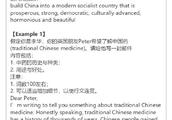
写一篇介绍中国的英语作文
China The People's Republic of China is a socialism country with its own characteristics. It is one of the developing countries. China lies in the east of Asia. It has a number of neighboring countries. To the north, northeast and northwest are the Mongolia, Russia and Korea. To the south are Vietnam, Laos, Thailand and the Philippine. To the west and southwest are India, Burma, Bhutan, Nepal and Pakistan. To the east is Japan, which faces China across the East China Sea. China is a country with a vast territory. It has an area of over 9,600,000 square kilometers. It consists of 34 provinces, autonomous regions, and municipalities directly under the Central Covernment. Beijing, which is situated in the North China, is its capital. The People's Republic of China is one of the largest countries in the world. Now it has a population of more than 1.2 billion, making up a quarter of the world population
中国的英语作文带翻译
China is a very big country with five thousand years history ,中国是一个有五千年历史的大国It stands in Asia and lies on the west coast of the ocean.地处亚洲,位于大洋西岸China covers 9,600,000square kilometers.面积达960万平方公里People of about 1.3billion live and work together on the land.13亿人在这块土地上一起生活和工作56 nations make up the whole population of China.全国有56个民族China is becoming stronger and stronger.中国正变得越来越强大 Especially in these years ,尤其是这些年虽然汉语还不能成为一个真正的国际语言,we can say ,但我们可以说world can not be without China.世界不能缺少中国
介绍中国的英语作文
Traditional Chinese culture is beginning to capture the attention of the world. This is true even as popular culture that has traditionally been considered Western begins to spread throughout China. Kung Fu, especially, has had a great impact on the millions of people who first learned about China through it. From that, they may come to China and learn about other aspects of this culture, such as traditional operas like the Beijing and Sichuan ones. Asian nations have long known about the greatness of ancient Chinese culture. Their own cultures are a mix of native ones and those Chinese characteristics. Korea and Japan long ago adopted ideas such as Confucianism is something that continues today even as it is challenged by Pop Culture. This strength comes from the ideas given in the Four Books of Confucianism (The Great Learning, The Doctrine of the Mean, The Analects of Confucius, and The Book of Mencius). These books built upon the ideas of an even more ancient period codified in the Five Classics. From them, the West learns such things as Fengshui and other concepts that are uniquely Chinese. China has taken steps to further this spread of its culture by establishing Chinese Cultural Centers in such places as the United States and Europe.中国传统文化正在吸引全世界的注意,尽管在传统意义上被看成是西方文化的流行文化开始在中国广泛传播。
尤其是中国功夫,对于那些通过功夫初次了解中国的成千上万的人来讲,有着非常大的影响。
由于功夫,他们可能来到中国,学习了解中国文化的其他方面,比如京剧和川剧这样的传统戏剧。
亚洲国家很早以前就知道古代中国文化的博大。
他们自己的文化混合了本民族的文化和中国文化的特色。
韩国和日本很早就把儒教等观念引进了他们的社会当中。
甚至在被流行文化冲击的今天,儒教的影响也一直在延续。
这种力量来自“四书”(《大学》、《中庸》、《论语》和《孟子》)中的思想。
这些书是依照“五经”之中所体现的更为早期的思想而著成的。
西方人从中了解到了诸如风水等中国所特有的文化概念。
中国已经通过向其他国家派遣文化使者并在美国、欧洲等地建立中国文化中心来进一步推广中国文化。
关于中国文化的英语作文
The Spring FestivalFar and away the most important holiday in China is Spring Festival, also known as the Chinese New Year. To the Chinese people it is as important as Christmas to people in the West. The dates for this annual celebration are determined by the lunar calendar rather than the Gregorian calendar, so the timing of the holiday varies from late January to early February.To the ordinary Chinese, the festival actually begins on the eve of the lunar New Year's Day and ends on the fifth day of the first month of the lunar calendar. But the 15th of the first month, which normally is called the Lantern Festival, means the official end of the Spring Festival in many parts of the country. 2Spring Festival is the most importantand popular festival in China.Before Spring Festival ,the people usually clean and decorate their houses.And they go to the Flower Fairs to buy some flowers.During Spring Festival ,the adults usually give lucky money to children.People often get together and have a big meal.Some people eat dumpling for dinner.春节的作文
介绍中国 英语作文
I live with my father and mother in a very big house in Dongguan. My parents are both very busy. they leave for work very early in the morning and don't return home until late in the evening.When I am home on weekends from school, we spend a lot of time together. We talk about my studies, my health and my school life. I love my parents very much.My grandparents are still living, but they don't live with us. their health is good and they both do sports very early in the morning. My grandmother does gymnastics with elderly women her age in the park. Both of my grandfathers play basketball in the morning and sometimes they go swimming.Chinese people eat rice for every meal, but I don't like rice because I think it is tasteless! We eat meat, fish and vegetables. My family eats noodles and congee. My favorite is noodles.I often play computer games because I like it so much. I often watch Japanese cartoon movies with my parents on the weekends. On long holidays we take trips, too.That is my description of typical family life in China.
中国传统文化的英语作文
Culture of China The Culture of China is home to one of the world's oldest and most complex civilizations. China boasts a history rich in over 5,000 years of artistic, philosophical, political, and scientific advancement. Though regional differences provide a sense of diversity, commonalities in language and religion connect a culture distinguished by such significant contributions such as Confucianism and Taoism. Confucianism was the official philosophy throughout most of Imperial China's history and strongly influenced other countries in East Asia. Mastery of Confucian texts provided the primary criterion for entry into the imperial bureaucracy.With the rise of Western economic and military power beginning in the mid-19th century, Western systems of social and political organization gained adherents in China. Some of these would-be reformers rejected China's cultural legacy, while others sought to combine the strengths of Chinese and Western cultures.China is a unified nation consisting of many different ethnic groups. Fifty-six different ethnic groups make up the great Chinese national family. Because the Han people accounts for more than ninety percent of China's population, the remaining fifty-five groups are generally referred to as "ethnic minorities." Next to the majority Han, the Mongolian, Hui, Tibetan, and Uygur peoples comprise the largest ethnic groups. Although China's ethnic minorities do not account for a large portion of the population, they are distributed over a vast area, residing in every corner of China.Particularly since the implementation of China's opening and reform policy, the central government has increased investment in minority areas and accelerated their opening to the outside world. This has resulted in an upsurge of economic development in these areas. Each of China's ethnic minority groups possesses a distinctive culture. The Chinese government respects minority customs, and works to preserve, study, and collate the cultural artifacts of China's ethnic minority groups. The government vigorously supports the development of minority culture and the training of minority cultural workers, and fosters the development of traditional minority medicine.The relation among China's ethnic groups can be described as "overall integration, local concentration, mutual interaction." Concentrations of ethnic minorities reside within predominantly Han areas, and the Han people also reside in minority areas, indicating that there has been extensive exchanges among China's ethnic groups since ancient times. With the development of the market economy, interaction among ethnic groups has become even more active in the areas of government, economics, culture, daily life, and marriage. Linked by interdependence, mutual assistance, and joint development, their common goals and interests creating a deep sense of solidarity, China's ethnic groups resemble a great national family, together building Chinese civilization.

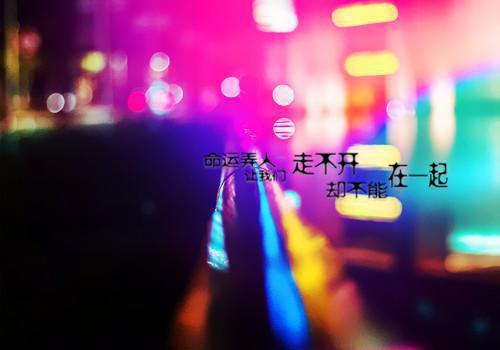
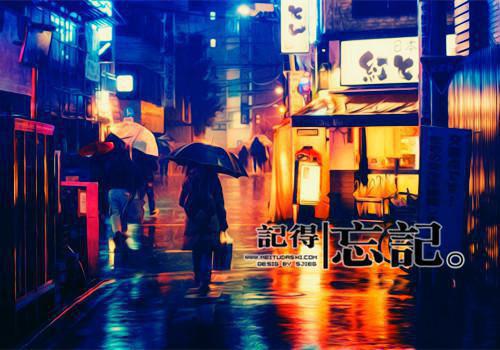
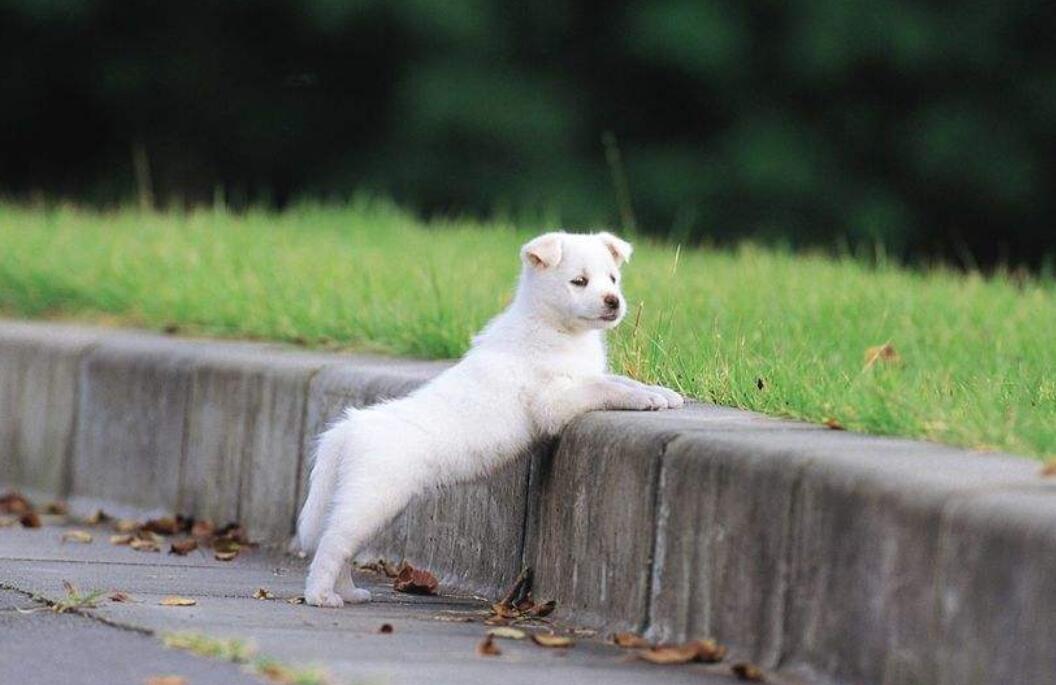
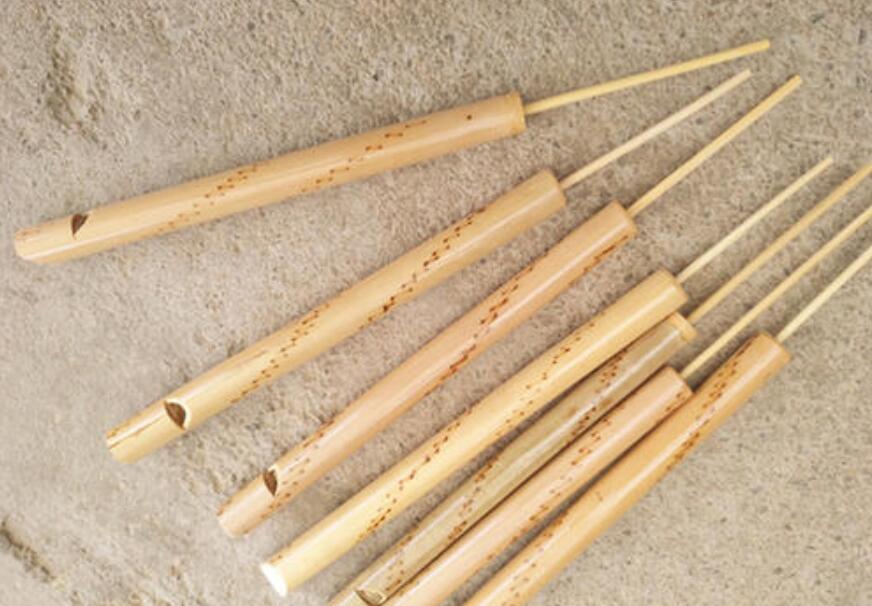


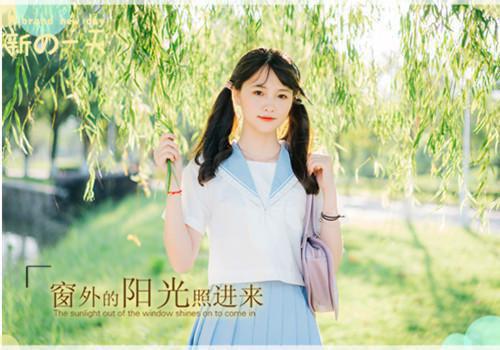
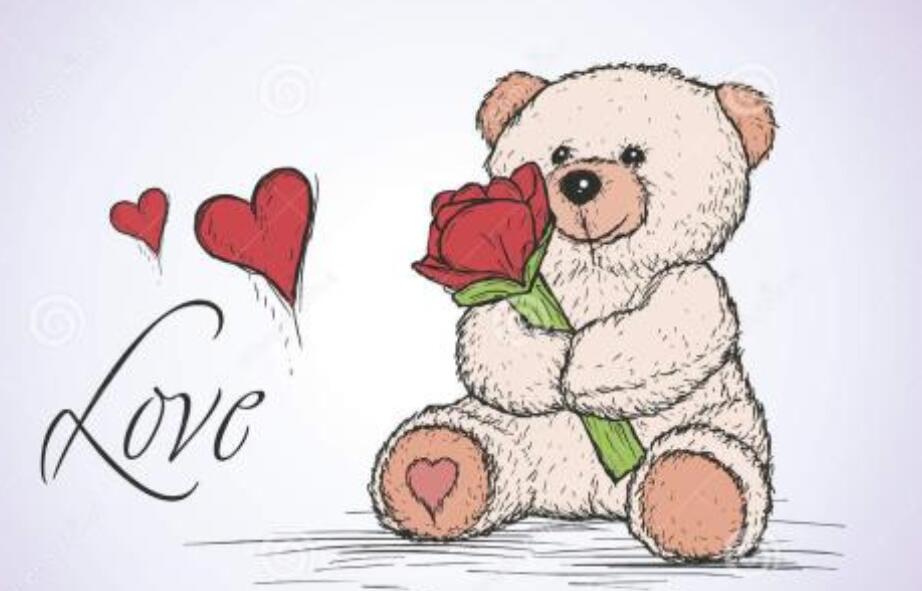
 烟熏色-_-素锦流年
烟熏色-_-素锦流年

